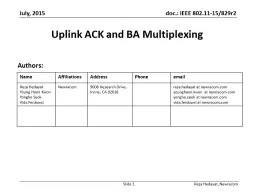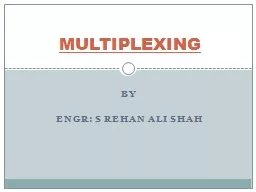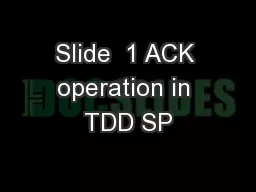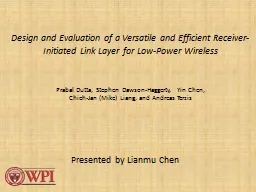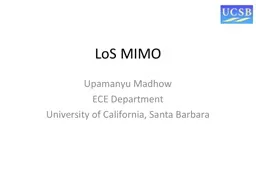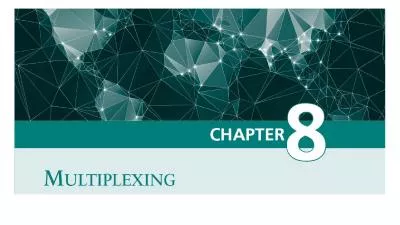PPT-Uplink ACK and BA Multiplexing
Author : giovanna-bartolotta | Published Date : 2018-10-28
Authors Slide 1 Name Affiliations Address Phone email Reza Hedayat Young Hoon Kwon Yongho Seok Vida Ferdowsi Newracom 9008 Research Drive Irvine CA 92618 rezahedayat
Presentation Embed Code
Download Presentation
Download Presentation The PPT/PDF document "Uplink ACK and BA Multiplexing" is the property of its rightful owner. Permission is granted to download and print the materials on this website for personal, non-commercial use only, and to display it on your personal computer provided you do not modify the materials and that you retain all copyright notices contained in the materials. By downloading content from our website, you accept the terms of this agreement.
Uplink ACK and BA Multiplexing: Transcript
Download Rules Of Document
"Uplink ACK and BA Multiplexing"The content belongs to its owner. You may download and print it for personal use, without modification, and keep all copyright notices. By downloading, you agree to these terms.
Related Documents

